Today's Lumber Isn't What it Used to Be
Every month, thousands of property owners look for the same advice online: "What's the best wood for a deck?" The answer isn't as black and white as these online researchers may expect; in fact, when it comes to your deck substructure, the answer isn't wood at all--especially the wood you'll find in lumber yards today. Let's break down why.
Old-Growth Versus New-Growth Wood
Some things get better with age, and wood is up there on the top of the list. There's no question that old-growth wood is superior to new-growth wood because of its higher density. Older trees that have grown naturally develop tighter growth rings, creating stronger lumber with greater capacity. But due to decades of high demand for lumber, sturdier old-growth trees were over-harvested. That means new-growth wood is likely your only option if you're planning a build today.
You now need larger wood sizes to reach the same level of structural soundness due to the lower-density new lumber in the market today. Old-growth wood also has natural rot-resistant properties and more firmness, meaning it doesn't shrink and expand as much as new-growth wood. Especially when renovating an older outdoor space, you can't replace existing wood with the same size boards and maintain the same structural integrity and performance.
Under Pressure
Pressure-treated lumber is the result of a process that uses high pressure to inject preservatives and pesticides into the wood. But in the last twenty years, the formulas used to treat wood have changed drastically due to environmental and health concerns. It simply doesn't hold up as well when in contact with dirt, leaves, water, and the inevitable insects and fungi that will find their way onto your deck. The chemicals used in pressure-treated wood today are also more corrosive to nails, screws, and other metal fasteners that come in contact with lumber. Using the wrong fasteners could harm the structural performance and life of your deck framing.
Play it Safe
The truth is, a 4x4 today isn't the same 4x4 used decades ago. Unless you plan to source the lumber for your deck project from salvage and reclaim yards, the wood you buy today will be less durable, more likely to warp, and require a different structural approach to account for differences in density. When it comes to your deck's substructure, you want to make sure you're choosing the right materials to keep it sturdy, safe, and strong for decades to come.
Although wood may still be top of mind for decking projects, it's crucial to understand that all wood is not created equal. The last thing you want to worry about is your deck's substructure falling apart, cracking, warping, or being infested with insects and pests. With a much higher strength-to-weight ratio than wood, steel is a better alternative to ensuring your deck framework will be safe and secure for decades to come.
Superior Steel
Make a sound, safe, and sustainable choice by using steel deck framing for your outdoor living project. It’s contractor-approved and built to last. We make sure of it.
Our products are engineered with every detail in mind, held to industry-leading standards, and protected by our 25-year limited residential warranty to prove it. Our carbon steel core is triple-coated to ensure each joist, track, and beam holds up to the elements for decades. New Castle Steel stands the test of time without shifting, splitting, warping, rotting or rusting.
No wood-based deck frame can promise you that kind of longevity and security.

